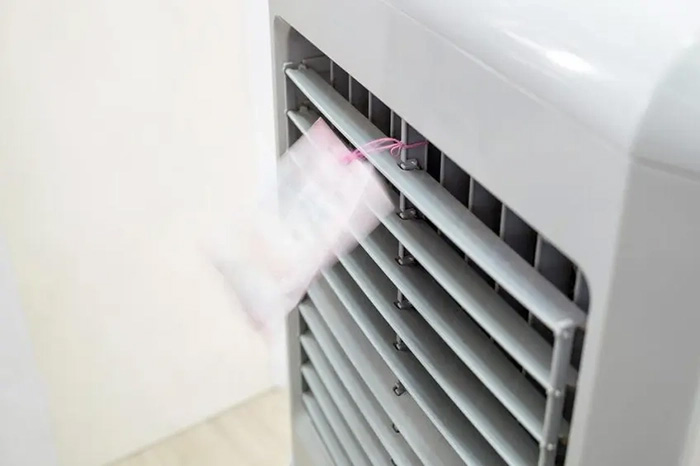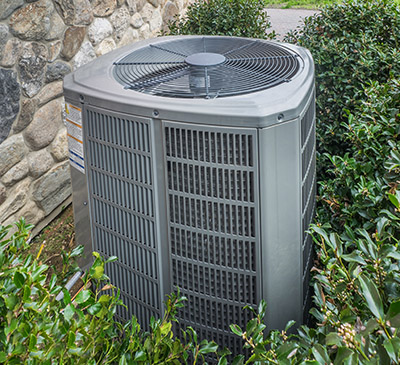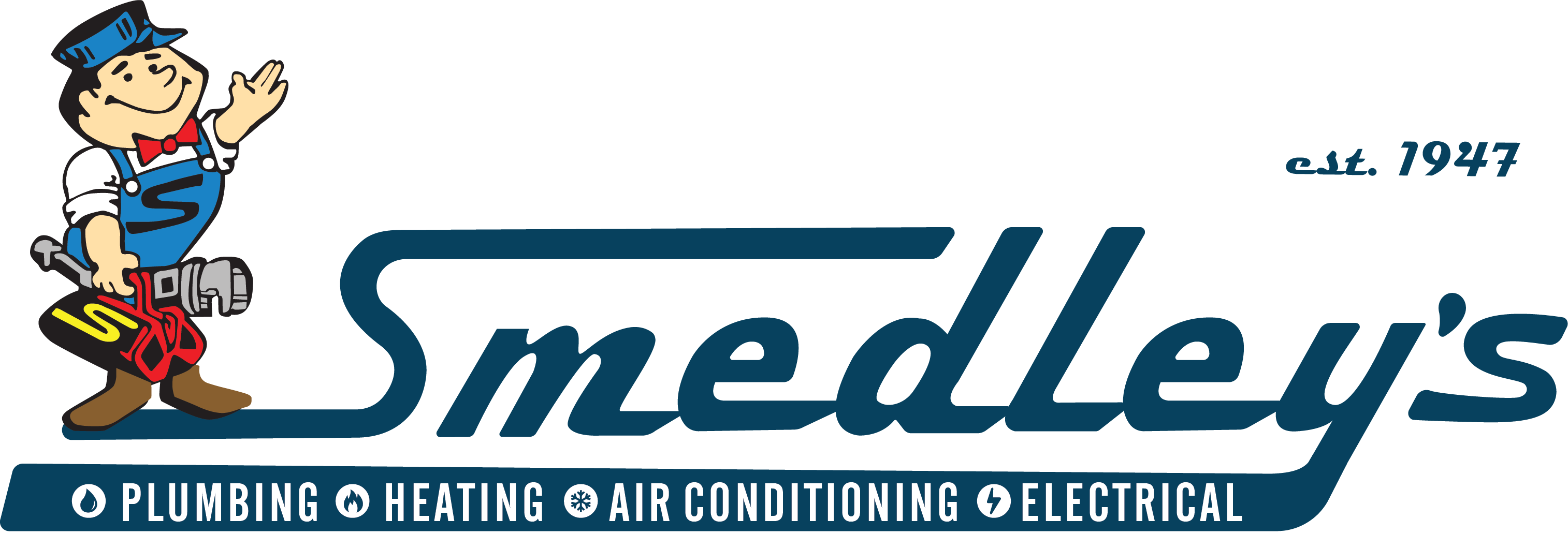
Swamp (aka “evaporative”) coolers are common enough in Utah, as they work best in dry, arid climates. However, they function less effectively during sporadic monsoonal weather that brings the humidity up from the south. These coolers also require extra maintenance work each spring and fall.
Air conditioners, on the other hand, work at the touch of a button. They cost more upfront, but they come with a host of benefits.
If you want to replace an old swamp cooler, now may be a good time. However, before you decide, take a look at the workings of each cooling system.
Evaporative Cooler Facts
In the days before central air, homeowners cooled themselves off the old-fashioned way-with fans and damp cloths.
Evaporative coolers work basically the same way:
- Hot air enters the outdoor unit, usually housed on the roof.
- Water-filled pads at the bottom of the unit cool the hot air.
- The cool air circulates through ducts and then leaves the house via return vents and windows.
Because a water line attaches to every swamp cooler, the cooler air also accumulates a little humidity. Homeowners also have to monitor airflow by keeping windows ajar, and they also need to weatherize their unit each spring and fall.
Swamp coolers are fairly inexpensive to install, even though they don’t control the temperature as precisely or reduce airborne allergens as effectively as AC units. They also don’t work well during times of extra humidity (e.g., “monsoon season”).
Central Air Facts
These days, more homeowners than ever desire central air conditioning when they purchase a new home. Residents who install central air systems also tend to recoup their investment costs and sell their property more quickly than those with evaporative coolers.
In some ways, central air works the same as an evaporative cooler:
- Hot air enters an outdoor unit, normally housed by the side of a house or on the back patio.
- The air passes over refrigerants that cool it and send it indoors.
- Refrigerated air goes into a central HVAC unit, which blows the air through the home’s air ducts.
- Hot air exits through return vents.
The main differences between evaporative and central cooling systems are:
- Comfort – Air conditioning offers better indoor temperature control than a swamp cooler. During muggy months, central air also dries the air for greater relief indoors.
- Cost – AC systems cost more initially, but they eliminate drafty windows and other energy inefficiencies. They also recoup their costs at home resale.
- Care – An air conditioner is much easier to maintain than a swamp cooler. Just replace air filters regularly and clean coils periodically.
- Control – Central air systems can better eliminate and control airborne irritants like smoke, polluted outdoor air, and other allergens. Modern AC units also sound quieter than old swamp coolers.
- Convenience – AC units don’t require winterizing the way swamp coolers do. No need to make another dangerous trip to the roof. Just call your HVAC technician for an annual service visit.
Since most homes already contain ductwork, adding central air needn’t be invasive or time-consuming. Your HVAC specialist can tell you more and outline which units represent the best size for your home.
Further AC Benefits

By contrast, your AC unit sits out of sight and on the ground. Not only are temperatures cooler at ground level, making the cooling process easier on your unit, but passersby won’t see an ugly, rusty cooler on the rooftop. Your roofline will look more attractive and escape unsightly water stains, if not water damage as well.
If you think more about your current swamp cooler, you’ll also notice a decided “wind tunnel” effect in your hallways, along with rooms that either feel freezing cold or boiling hot, depending on the season and the cooler’s effectiveness.
Luckily, central air conditioning eliminates all these negative effects. At the touch of a thermostat button, you create uniform cooling power in every room, no matter what happens outside. And you’ll get rid of the wind tunnel for good.
Plus, if neighbors make too much noise, you don’t have to hear it through your open windows to stay cool.
Expert Assistance
If you’re still unsure whether central air is right for your home, you only have to call your HVAC experts for an estimate. They’ll offer insights you may not have considered before. Additionally, they can assess your home’s layout and energy use before you purchase your new system.
You won’t miss the hassle and inefficiency of a swamp cooler once you’ve sampled the benefits of AC. Contact your friendly HVAC specialist for more information.




